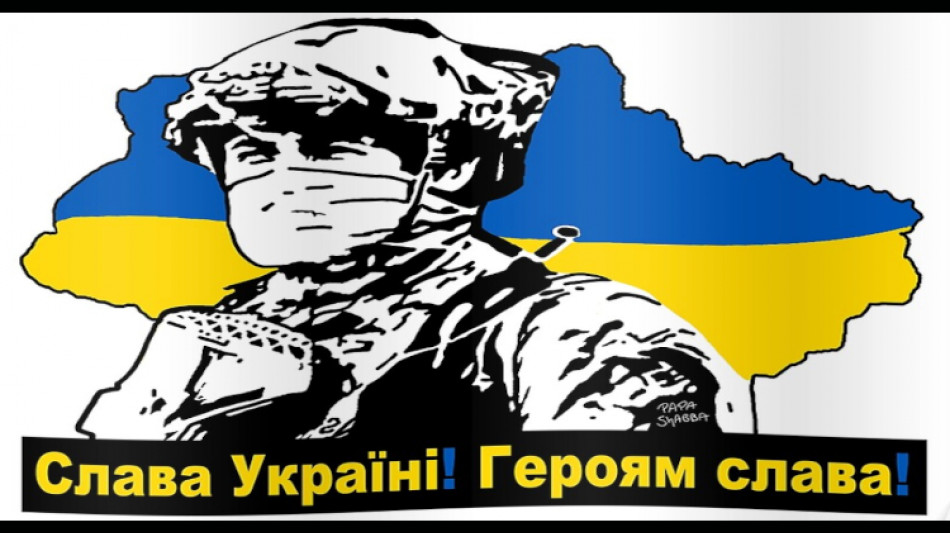-
 Berrettini puts Italy on verge of third straight Davis Cup triumph
Berrettini puts Italy on verge of third straight Davis Cup triumph
-
Trump blasts Ukraine for 'zero gratitude' amid talks to halt war
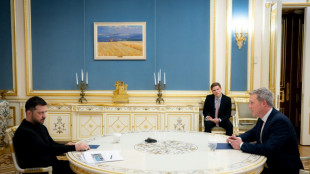
-
 Ouedraogo stunner sends Leipzig second
Ouedraogo stunner sends Leipzig second
-
What does US 'terrorist' designation for Venezuela mean?

-
 Israel targets Hezbollah chief of staff in deadly Beirut strike
Israel targets Hezbollah chief of staff in deadly Beirut strike
-
Scotland thrash Tonga in Autumn Nations finale

-
 Three key Irish takeaways from Autumn Nations Series
Three key Irish takeaways from Autumn Nations Series
-
Imperious Shiffrin swoops to 103rd win at Gurgl

-
 Schmidt challenges Wallabies to 'roll up their sleeves' after gruesome year
Schmidt challenges Wallabies to 'roll up their sleeves' after gruesome year
-
Washington seeking to 'iron out' Trump proposal details with Ukrainians in Geneva
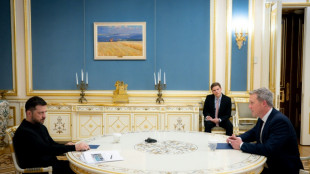
-
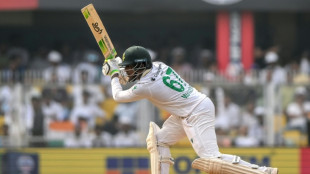 South African centurion Muthusamy celebrates 'awesome' Test journey
South African centurion Muthusamy celebrates 'awesome' Test journey
-
Brazil 'very concerned' about US naval build-up near Venezuela
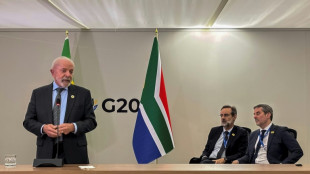
-
 Liverpool a 'mess' says Van Dijk
Liverpool a 'mess' says Van Dijk
-
First blind women's T20 cricket World Cup boosts sport

-
 France eye Dupont boost for Six Nations defence
France eye Dupont boost for Six Nations defence
-
McLaren boss apologises to Norris, Piastri for Vegas disqualification

-
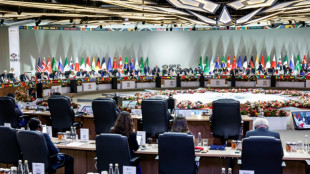 G20 grapples with splintering world order
G20 grapples with splintering world order
-
Verstappen wins big in Vegas with McLarens disqualified

-
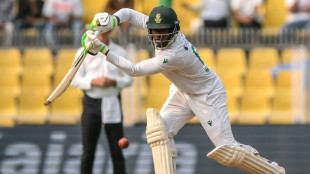 Muthusamy, Jansen put South Africa on top in second India Test
Muthusamy, Jansen put South Africa on top in second India Test
-
Rubio lands in Geneva for talks on Ukraine plan
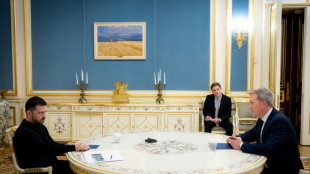
-
 Norris and Piastri disqualified from Las Vegas GP
Norris and Piastri disqualified from Las Vegas GP
-
Slovenia holds crunch vote on contested assisted dying law
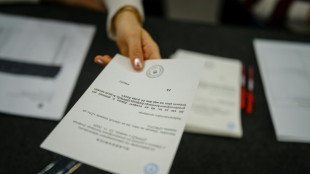
-
 Aonishiki beomes first Ukrainian to win sumo tournament
Aonishiki beomes first Ukrainian to win sumo tournament
-
Holders Australia drawn with New Zealand in Rugby League World Cup

-
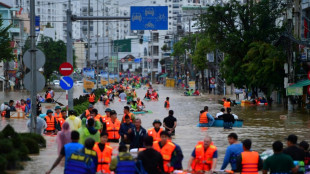 Vietnam flooding kills at least 90
Vietnam flooding kills at least 90
-
Muthusamy's maiden Test century powers South Africa to 428-7

-
 Myanmar junta says nearly 1,600 foreigners arrested in scam hub raids
Myanmar junta says nearly 1,600 foreigners arrested in scam hub raids
-
US signals room for negotiation on Ukraine plan ahead of talks

-
 Verstappen wins Las Vegas F1 Grand Prix, Norris edges closer to crown
Verstappen wins Las Vegas F1 Grand Prix, Norris edges closer to crown
-
Muthusamy anchors South Africa to 316-6 in second India Test

-
 Vietnam flood death toll rises to 90
Vietnam flood death toll rises to 90
-
US denies pushing Russian 'wish list' as Ukraine plan

-
 Harden's 55 leads Clippers win as Pistons streak hits 12
Harden's 55 leads Clippers win as Pistons streak hits 12
-
Kim's first top-10 in 14 years as Ballester wins maiden pro title

-
 Gotham crowned NWSL champions after Lavelle breaks Spirit
Gotham crowned NWSL champions after Lavelle breaks Spirit
-
Trump signals room for negotiation on Ukraine plan ahead of talks

-
 Head shapes up as solution for Australia's opening woes
Head shapes up as solution for Australia's opening woes
-
Tomorrowland bets on Chinese dance music fans with first indoor event

-
 England slammed as 'brainless' after first Ashes Test capitulation
England slammed as 'brainless' after first Ashes Test capitulation
-
Slovenia to hold new vote on contested assisted dying law
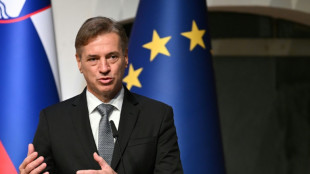
-
 'Beer tastes better' for Eramsus after win over Irish
'Beer tastes better' for Eramsus after win over Irish
-
No.1 Jeeno leads by six at LPGA Tour Championship

-
 Neres double fires Napoli top in Italy
Neres double fires Napoli top in Italy
-
Bielle-Biarrey masterclass helps France hold off Australia

-
 Pogba returns in Monaco loss as PSG stay top in France
Pogba returns in Monaco loss as PSG stay top in France
-
COP30: Key reactions to climate deal

-
 What did countries agree to at COP30?
What did countries agree to at COP30?
-
Harden's club-record 55 points leads Clippers over Hornets

-
 Amazon climate deal a 'win' for global unity but fossil fuels untouched
Amazon climate deal a 'win' for global unity but fossil fuels untouched
-
Boos, blowups and last-minute pause as a chaotic COP30 closes out

Russia's Drone ploy in Poland
Poland’s downing of multiple Russian drones that violated its airspace in the night of September 9–10 was not a random spillover from the war in Ukraine. The scale, timing and flight profiles point to a deliberate probe designed to test NATO’s vigilance, rules of engagement and political cohesion — a calibrated move that stayed just below the threshold for a mutual‑defense response while forcing the Alliance to reveal parts of its playbook.
A multi‑hour incursion, met with allied force
Over several hours, Polish and allied aircraft intercepted and shot down drone‑type objects crossing into Polish territory from the east. It was the first time in the current war that a NATO member engaged and destroyed Russian assets over allied soil. Authorities temporarily shut parts of Poland’s airspace and closed several airports; damage on the ground was limited — including a residential house struck in the Lublin region — and no casualties were reported. Officials recorded at least 19 incursions.
Why the operation looks planned — not accidental
1) Synchronization with mass strikes on Ukraine
The crossings coincided with a large, coordinated Russian wave against Ukraine involving hundreds of drones alongside cruise and ballistic missiles. Pairing a cross‑border incursion with a high‑tempo strike package is consistent with a playbook aimed at saturating sensors, overloading command centers and creating ambiguity about intent. In such windows, “strays” can be plausibly denied even as they gather intelligence and trigger costly responses.
2) Routes that matter
Preliminary trajectory analysis noted flight paths consistent with probing Poland’s critical logistics chain — above all the Rzeszów hub through which military aid flows to Ukraine. Even a small number of slow, inexpensive aircraft can force high‑end assets into the air, compel temporary airport closures and expose the Alliance’s alert timeline and coordination procedures.
3) Use of low‑cost and decoy‑like systems
Polish officials identified at least some of the intruding airframes as long‑range, low‑cost drones of a type Russia has used extensively. Such platforms are ideal for reconnaissance by provocation: they can map radar coverage, provoke emissions from air‑defense radars and fighters, and stress decision‑making — all with negligible risk to Russian aircrews and minimal political cost if shot down.
4) Cover from neighboring exercises and electronic warfare narratives
The incursion occurred as Russia and its ally Belarus prepared major exercises. That backdrop provides plausible deniability and alternative explanations (“lost course,” “jamming effects”) even as it positions assets near NATO borders and normalizes unusual air activity.
5) Testing NATO’s political seams
Warsaw publicly rejected suggestions that the drones might have wandered into Poland “by mistake,” framing the event as deliberate. Differences in early public messaging among allies are analytically notable: they are exactly the fissures that probing operations seek to widen — without triggering Article 5.
The allied answer — and what it signals
Poland activated NATO consultations and, within forty‑eight hours, the Alliance announced Operation Eastern Sentry, a flexible, integrated air‑and‑ground posture along the eastern flank. Additional fighters, surveillance platforms and air‑defense units from several member states are being positioned to rotate and adapt along the border arc — an approach designed to keep adversaries guessing while tightening reaction loops.
Domestically, Poland imposed drone bans and restrictions on small aircraft in its eastern airspace and moved to harden critical nodes. Border measures with Belarus were stepped up. Internationally, an emergency session of the U.N. Security Council was convened at Warsaw’s request. European capitals summoned Russian envoys and signaled further steps on sanctions and air‑defense cooperation. Ukraine, with two years of hard‑won counter‑drone expertise, offered to deepen technical training ties with Poland.
Strategic takeaways
- Probing as doctrine. Russia’s war has demonstrated a systematic reliance on massed, low‑cost drones to saturate defenses, expose gaps and harvest targeting and EW data. Exporting that method into NATO airspace — in controlled doses — is a logical extension.
- Ambiguity as a weapon. Unarmed or lightly modified drones crossing borders create maximum political friction for minimum military risk. They pressure alliances to choose between escalation and restraint, while providing Moscow with deniability narratives.
- Deterrence requires tempo. The Alliance’s swift shoot‑downs, rapid consultations and the launch of Eastern Sentry are meant to raise the cost of future probes, deny intelligence value and compress decision time. The next phase will be about integrating layered counter‑UAS systems, improving cross‑border command‑and‑control and hardening civilian aviation procedures along the frontier.
Bottom line:
The pattern — timing with mass strikes, purposeful routing toward critical hubs, employment of expendable platforms, and orchestration under the cover of concurrent exercises — supports the assessment that the drone violations over Poland were a planned strategic probe. The Alliance’s response will now determine whether such tests become rarer — or more audacious.

Ukraine-War: Warfare's brave new world enters a military moral maze

Пригожин, тупая русская свинья, испугался в Бахмуте!

LIVE TRANSMISSION LONDON: Coronation King Charles III.
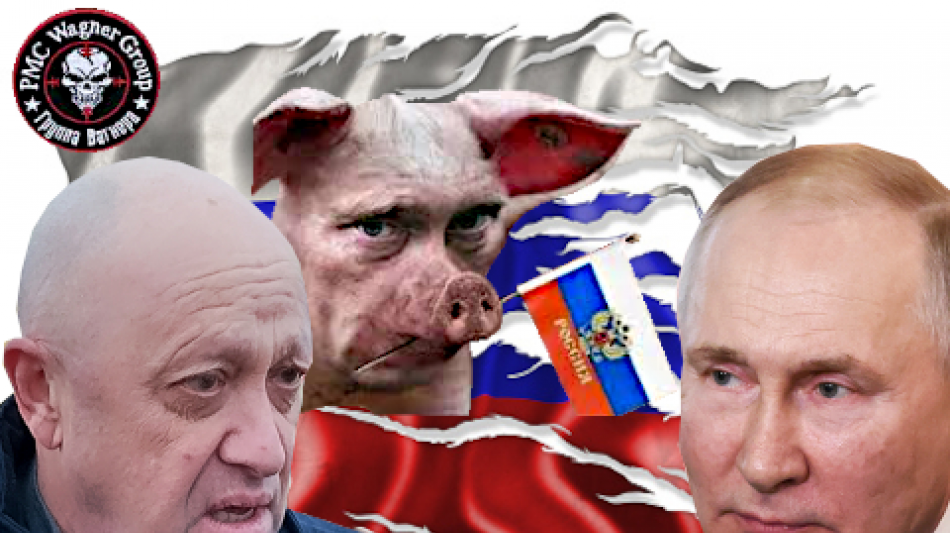
Три тупые свиньи: Пригожин, Шойгу и Путин!
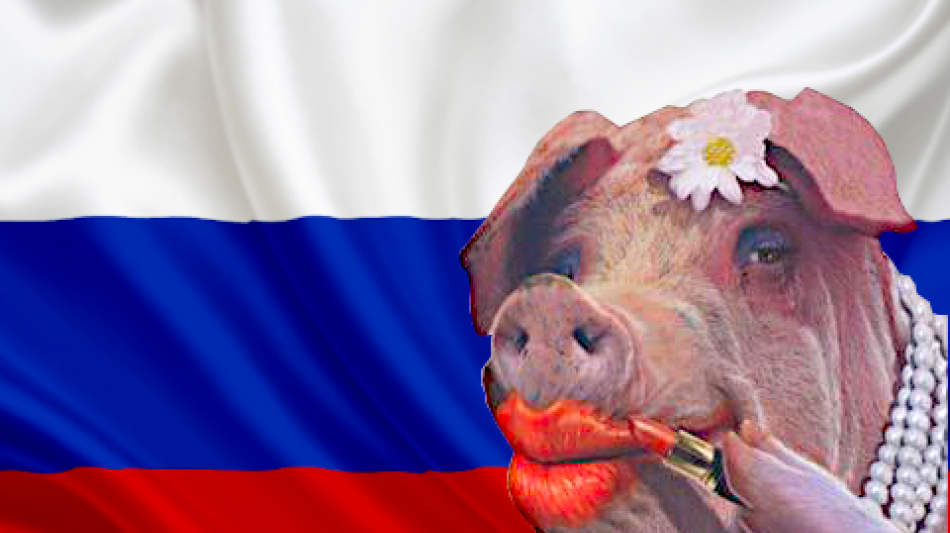
Anti-social Russian gets a bashing as flag thief

Россия: Кто придет после военного преступника Путина?

Ukrainian army destroys Russian terror bastards

У российского террористического государства мало боеприпасов

Россия: путинские преступники заработали миллиард

Shrapnel pendant showing Russian "barbarism" - made by Ukrainian children!

Sudan: Heavy fighting continues despite ceasefire
